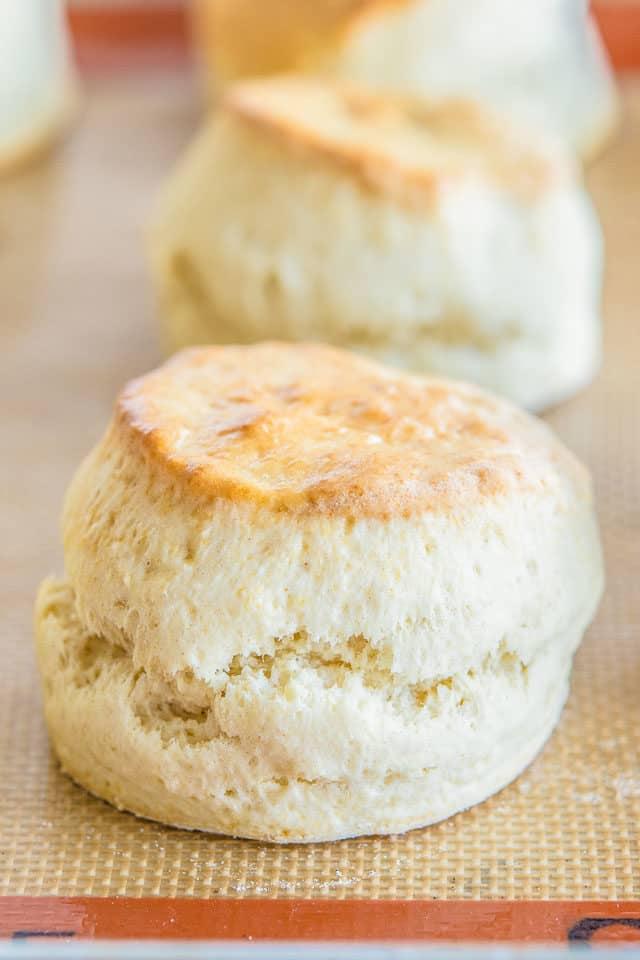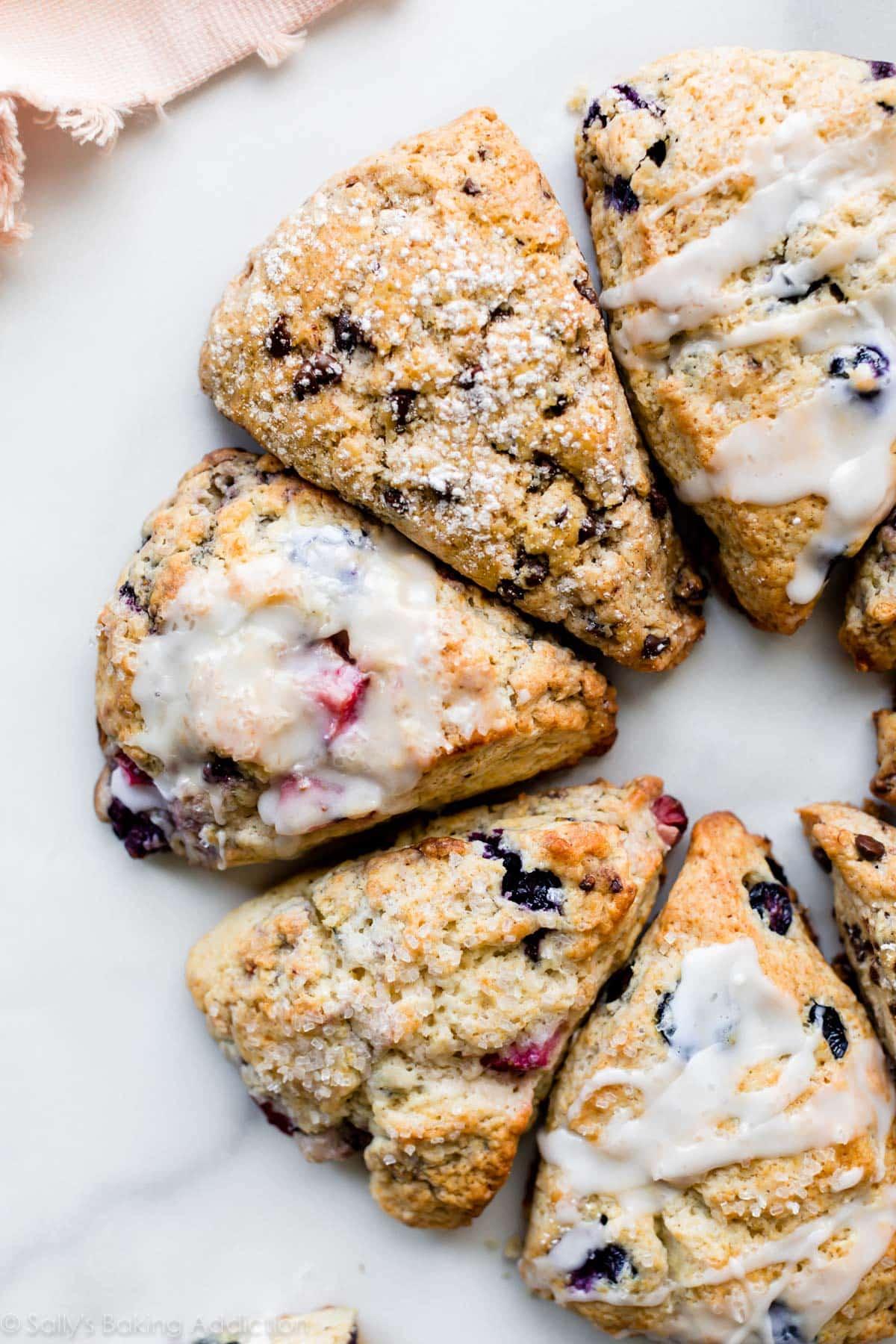Scones, those delightful, golden-brown pastries, have long held a special place in the hearts and homes of the British. With their crumbly texture and hint of sweetness, they beckon to be enjoyed fresh from the oven, accompanied by a generous slather of rich jam and a lavish dollop of clotted cream. This culinary tradition,often centered around the afternoon tea ritual,transcends mere nourishment; it embodies a slice of British culture steeped in history and community. In this article, we invite you to indulge in the charm of British scones—exploring their origins, the art of perfecting the recipe, and the time-honored practices that turn a simple treat into a heartfelt experience. Whether you’re a seasoned baker or a curious newcomer, prepare to be inspired by the timeless allure of this quintessentially British delight.
Exploring the Origins of the Perfect British Scone
The British scone, a quintessential element of afternoon tea, boasts a rich history that weaves through the tapestry of British culture. Its origins are thought to date back to the early 16th century in Scotland,where it was initially made as a flat bread. Over time, the recipe evolved, incorporating the finest local ingredients such as flour, baking powder, butter, and milk, resulting in the delightful baked treat we enjoy today. the scone gained substantial popularity during the Victorian era, thanks to the growing trend of afternoon tea introduced by Anna Russell, the Duchess of Bedford. This social custom catapulted the scone into the hearts and homes of British society.
As the scone transformed into a beloved staple, various regions in the UK began to embrace their own distinctive variations.Among these, the Cornish scone is often paired with clotted cream first and then jam, whereas the Devon scone takes a different approach, opting for jam before the cream. The debate over this topping order is a delightful rivalry that continues to fuel conversations in tea rooms across the country.Regardless of the style, scones are typically enjoyed warm and fluffy, offering a perfect balance of textures when paired with the luxurious richness of clotted cream and the sweetness of jam.
| Region | Scone Variation | Topping order |
|---|---|---|
| Cornwall | Cornish Scone | Clotted Cream, then Jam |
| Devon | Devonshire Scone | Jam, then Clotted Cream |
| Scotland | Scottish Scone | Jam or Honey |

Crafting the ideal Scone: Tips and Techniques for Success
To achieve the light,fluffy texture that defines a perfect scone,consider the following essential techniques:
- Use Cold Ingredients: Keep your butter and milk cold to reduce melting,which helps achieve that desired crumb.
- Don’t Overmix: Gently incorporate the dry ingredients with wet ones until just combined. Overworking the dough can lead to dense scones.
- Cut, Don’t Roll: when shaping your scones, use a cutter instead of rolling out the dough.This technique helps retain the airiness needed for a rise.
- Brush with Cream: A light glaze of cream on top before baking will enhance browning and create a golden crust.
When it comes to the addition of flavor, the possibilities are nearly endless. Here are some popular mix-ins that bring your scones to life:
| Flavor Additions | Notes |
|---|---|
| Dried Fruit (e.g., currants, raisins) | Add for a sweet burst—it pairs well with clotted cream. |
| Fresh Herbs (e.g., rosemary, thyme) | Introduce a savory twist—great for non-sweet applications. |
| Chopped Nuts (e.g., almonds, walnuts) | For added crunch and depth; consider contrasting textures. |
| Chocolate Chips | Perfect for indulgence, especially with a touch of orange zest. |

Choosing the Right jam and Clotted Cream pairings
When it comes to scone time, the selection of jams and clotted creams can elevate your afternoon tea experience from delightful to truly magnificent. Consider exploring a variety of flavor profiles to complement the rich and buttery taste of your freshly baked scones. Think beyond customary strawberry jam; try pairing your scones with:
- Blackcurrant Jam: Its tartness cuts through the sweetness of clotted cream beautifully.
- Raspberry Preserve: A vibrant choice that adds a burst of fruity freshness.
- Apricot Jam: Offers a lovely balance of sweetness and acidity, enhancing the cream’s richness.
- Fig Jam: its unique texture and deep flavor provide an unexpected twist.
| Jam Type | Flavor Profile | Best Paired With |
|---|---|---|
| Blackcurrant | Tart and fruity | Clotted cream |
| Raspberry | Sweet and tangy | Vanilla ice cream |
| Apricot | Sweet and zesty | Plain yogurt |
| Fig | Sweet and earthy | Cheese platter |
Equally crucial is the choice of clotted cream, which can add texture and depth to your scone experience. While traditional Devonshire clotted cream is rich and velvety, consider experimenting with flavored versions that might surprise your palate. A subtle honey-infused clotted cream will harmonize wonderfully with the tartness of berry jams, while a hint of vanilla can play nicely with sweeter spreads. Additionally, the thickness of the cream allows for various serving styles; here are some delightful ideas:
- Layering: Spread a generous layer of jam first, followed by a dollop of clotted cream on top.
- Swirling: Mix a bit of jam into the clotted cream for a marbled appearance and burst of flavor.
- On the Side: Serve jams and clotted cream in small bowls, allowing guests to customize their combinations.

Elevating Your Afternoon Tea Experience with Scone Traditions
To truly appreciate the essence of a delightful afternoon tea,one must delve into the time-honored tradition of serving scones. These tender, flaky pastries are a cornerstone of British tea culture, exuding warmth and comfort in every bite. Traditionally, a well-prepared scone is light and airy, encouraging you to savor them alongside sumptuous accompaniments. The ritual of indulging in scones calls for an elegant presentation, often featuring:
- Freshly baked scones – Ideally warm and slightly golden.
- Rich clotted cream – Smooth and thick, adding a luscious touch.
- Fruity jams – Strawberry or raspberry varieties are particularly popular.
As you navigate your afternoon tea journey, consider the placement and layering of flavors that elevates the experience.A classic debate arises over the order of spreads—whether to apply the jam or the cream first. Many enthusiasts advocate for:
| Order | Preference |
|---|---|
| Jam on the bottom | Classic Devonshire style |
| Cream on the bottom | Cornish method |
This choice,while seemingly minor,reflects personal taste and regional pride,perfectly encapsulating the spirit of sharing an afternoon with loved ones over a fragrant pot of tea and expertly crafted scones. Each bite becomes not just a treat for the palate but a celebration of the history and culture surrounding this beloved tradition.
to Wrap It Up
the timeless delight of British scones with jam and clotted cream invites us to pause and savor life’s simple pleasures. This iconic treat, steeped in rich tradition and marked by its delightful contrasts of textures and flavors, offers not just a culinary experience but a connection to generations of tea-time rituals.Whether enjoyed at a quaint café in the English countryside or made in the comfort of your own kitchen, each bite transports you to a moment of calm and indulgence. So, as you gather your ingredients and prepare to create your own batch, remember that making scones is not merely about the end result—it’s a celebration of heritage, a moment of creativity, and an opportunity to share warmth and joy with those around you. Embrace the tradition, enjoy the process, and let every crumb remind you of the beauty found in both the simple and the extraordinary.Happy baking!